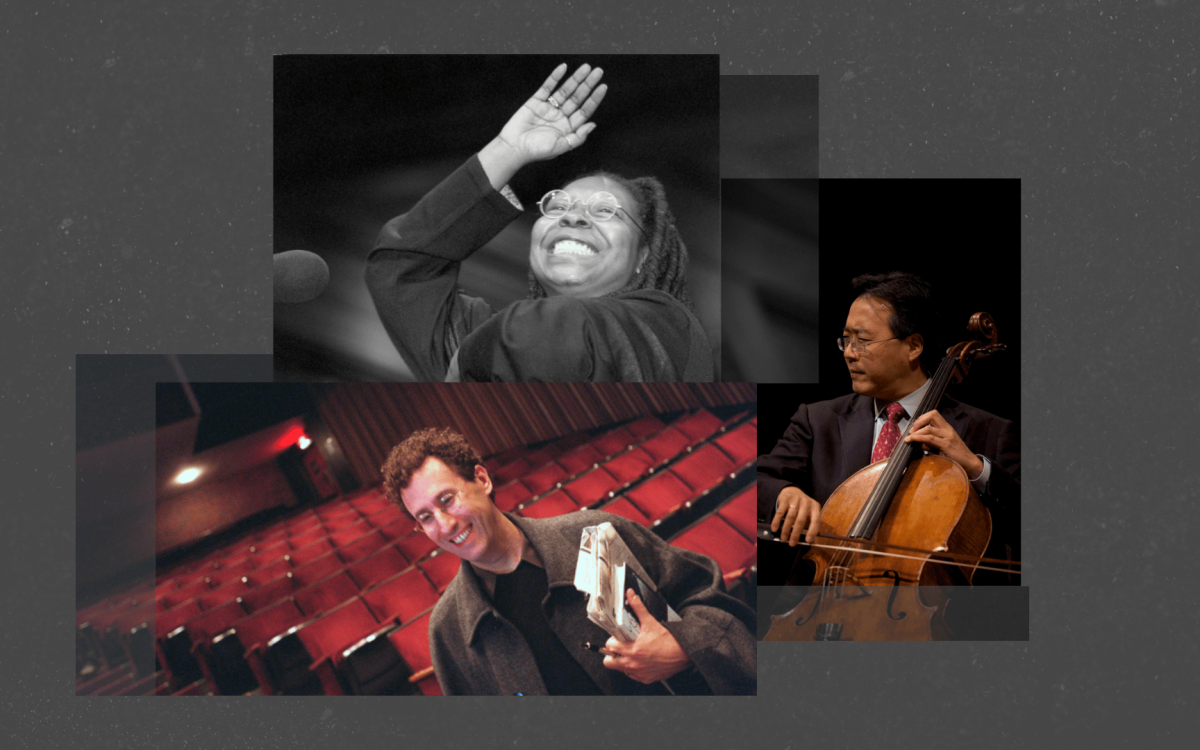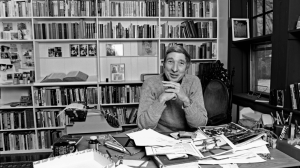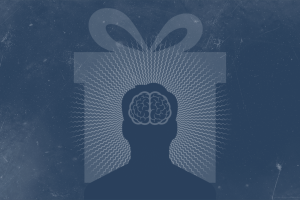Science & Tech
-
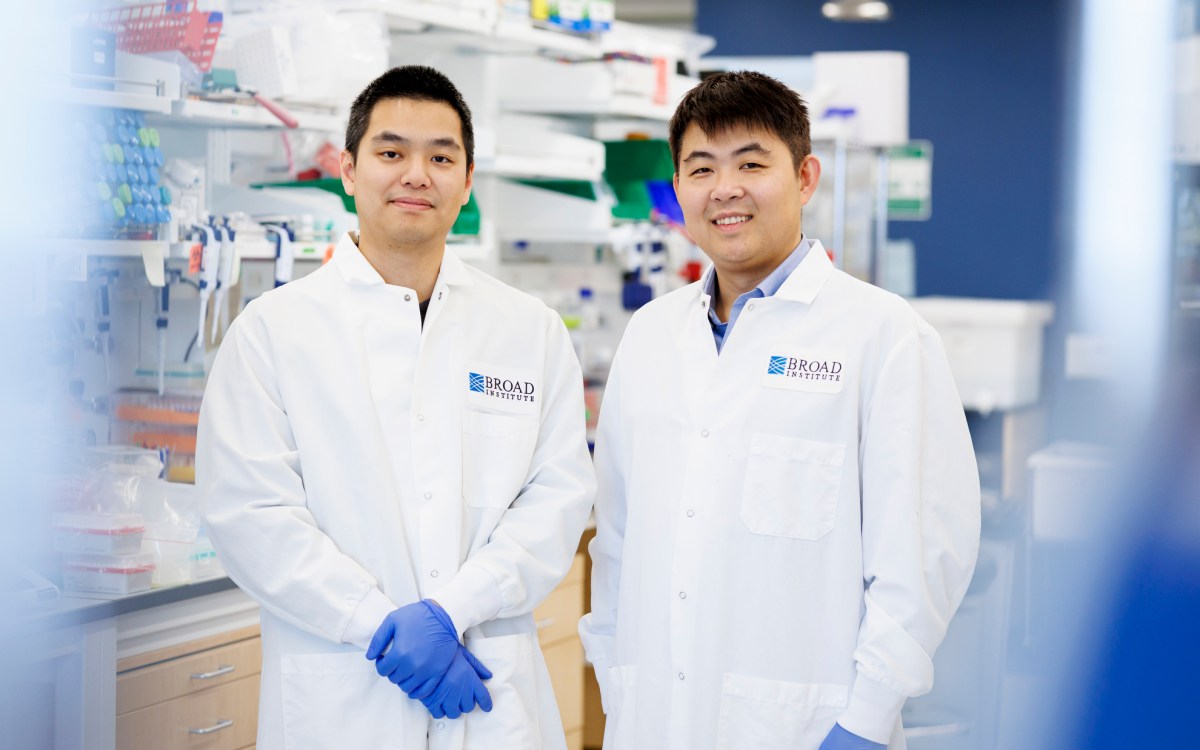
How did that cancer cell become drug-resistant?
Researchers find way to create microscopic archives of gene activity to gain insights into how, why changes happen

-
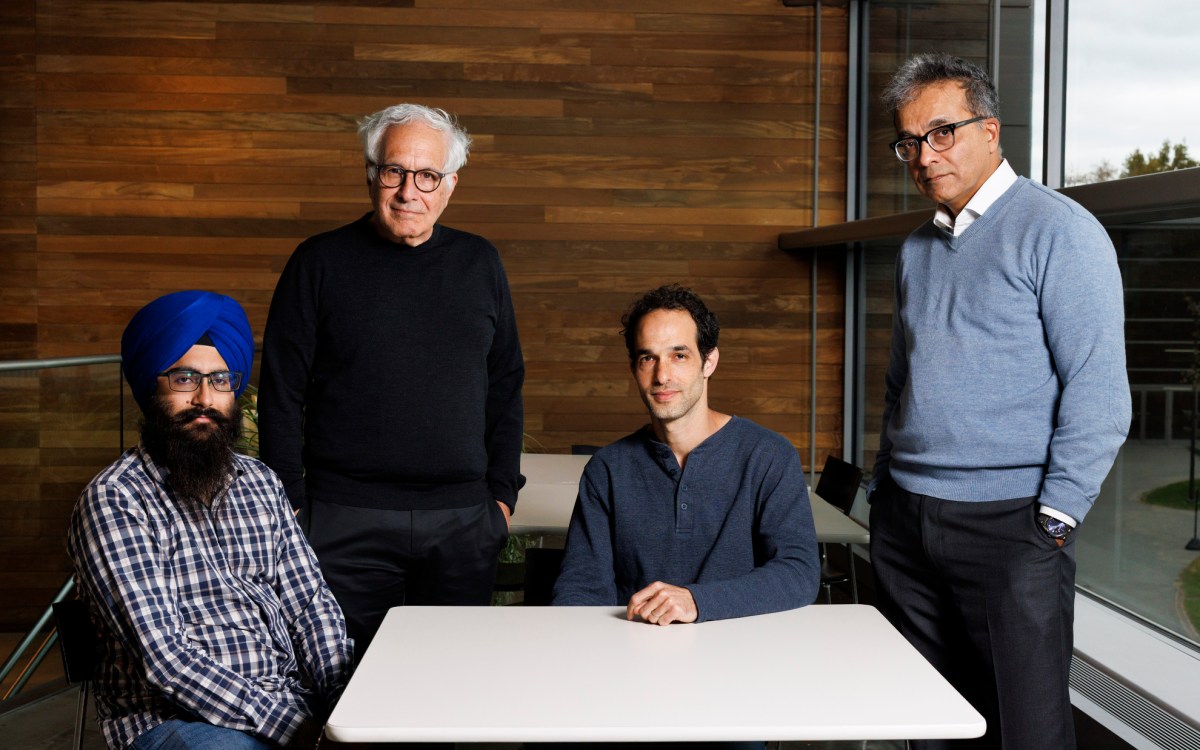
Want to speed brain research? It’s all in how you look at it.
New AI-enhanced scanning method promises to boost quest for high-resolution mapping
-

-

‘It just feels good when you solve the hard problems’
Why do students volunteer to take this notoriously difficult math exam? For the fun of it.
-
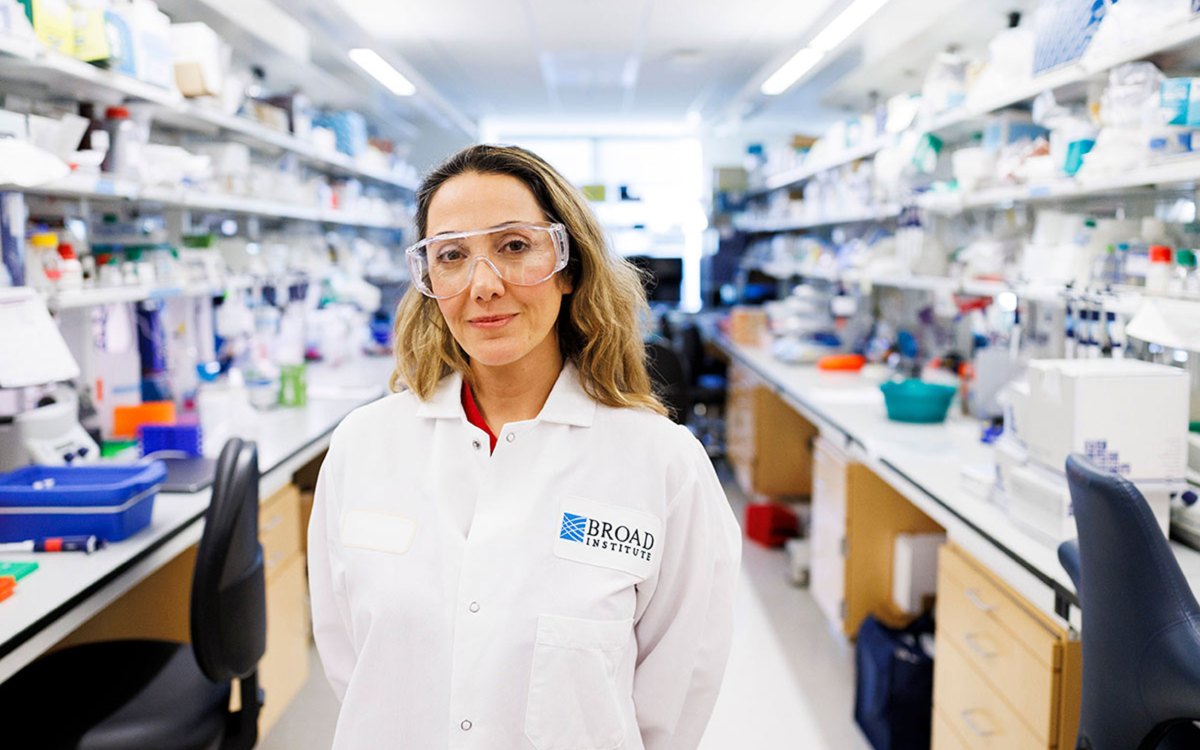
Stopping the next pandemic
Disease surveillance network faced ‘existential cliff’ despite proven success. Then came the $100 million.
-

Rethinking — and reframing — superintelligence
Microsoft researcher says separating AI from people makes systems dangerous and unproductive
-
Harvard Athletics sports solar panels
On the roof of the Gordon Indoor Track and Tennis building, workers installed rooftop solar panels as part of what has become Harvard’s largest solar energy project. It is part of Harvard’s commitment to sustainability and its goal to reduce greenhouse gas emissions 30 percent by 2016 (from a 2006 baseline).
-
President’s Challenge
A business idea born in a Harvard classroom to improve the delivery of vaccines in developing countries has been selected as the grand prize winner of the Harvard University President’s Challenge for social entrepreneurship.
-
Safer cataract surgery at hand
A new, highly innovative, computer-based simulation tool, the Massachusetts Eye and Ear Infirmary (Mass. Eye and Ear) Cataract Master, bridges the learning gap that residents and ophthalmologists new to phaco must navigate prior to performing actual surgery.
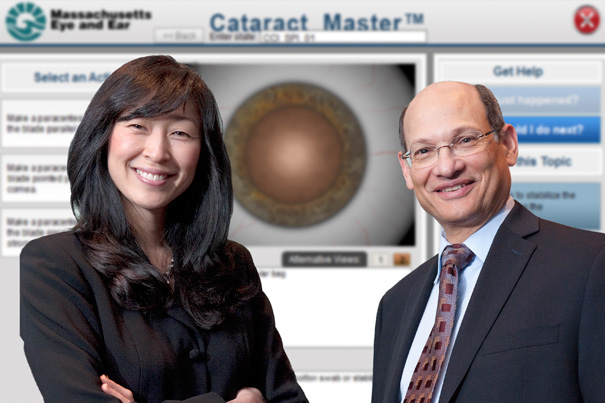
-
A new master’s program
Harvard will offer a master’s degree in computational science and engineering.
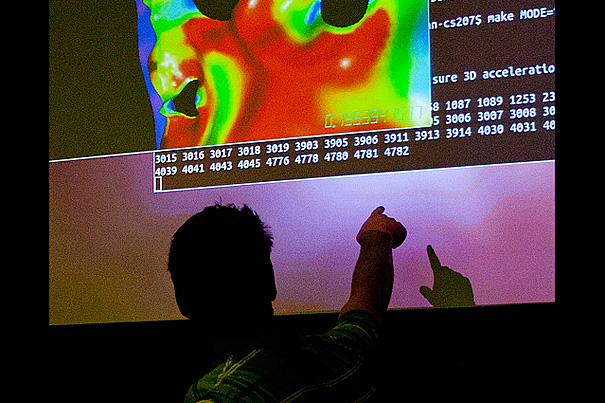
-
Straight to the source
As described in an April 23 paper in the Proceedings of the National Academy of Sciences (PNAS), graduate students Eric Morrow and Carling Hay demonstrate the use of a statistical tool called a Kalman smoother to identify “sea level fingerprints” — telltale variations in sea level rise — in a synthetic data set. Using those fingerprints, scientists can determine where glacial melting is occurring.
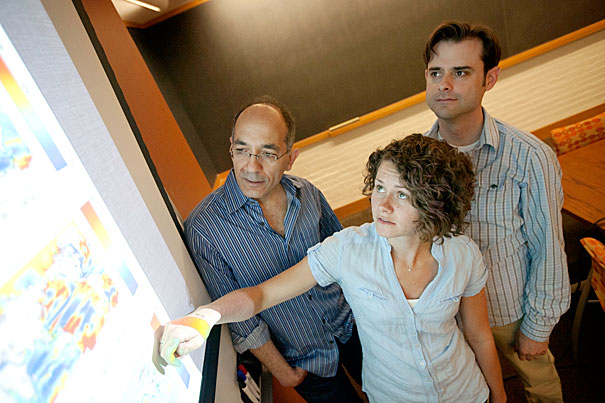
-
Meticulous design
A recent SEAS workshop emphasized comprehensive planning, cultural awareness, and a holistic approach to design in developing solutions to global problems.
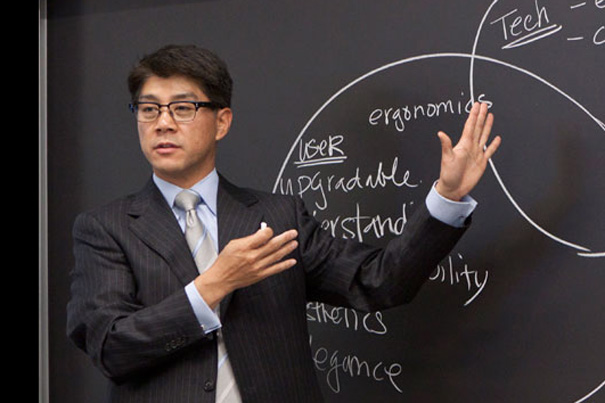
-
Using DNA as bricks and mortar
Researchers at Harvard’s Wyss Institute for Biologically Inspired Engineering have figured out how to use short lengths of DNA as physical, rather than genetic, building blocks, creating letters and other shapes from the molecules in a proof of design that could one day lead to the creation of structures that, among other things, deliver drugs to disease sites.
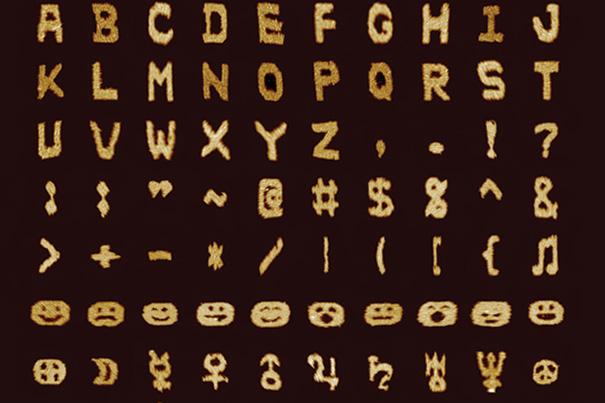
-
The last dance between Venus and the sun
Before 2004, the most recent Venus transit occurred more than a century ago, in 1882, and was used to compute the distance from the Earth to the sun. On June 5, 2012, another Venus transit will occur. Scientists with NASA’s Kepler mission hope to discover Earth-like planets outside our solar system by searching for transits of other stars by planets that might be orbiting them. The next Venus transit: Dec. 11, 2117.

-
Toxic mercury springs from a hidden source
Environmental scientists at Harvard have discovered that the Arctic accumulation of mercury, a toxic element, is caused by both atmospheric forces and the flow of circumpolar rivers that carry the element north into the Arctic Ocean.

-
A forest washing into the sea
Harvard researchers probe environmental shifts on Martha’s Vineyard, where they document one wooded area’s recovery from a massive die-off and another’s passage into the ocean.
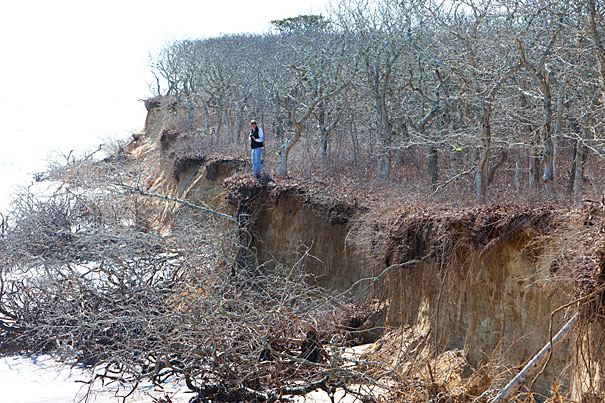
-
Taking the long view on infrastructure
“Envision,” a tool developed with backing from the Zofnass Program for Sustainable Infrastructure at GSD, provides a comprehensive framework for governments and industry to evaluate infrastructure projects of all types and sizes based on environmental, economic, and community benefits.

-
Sharing design, in all its forms
The first Design Fair at the Harvard School of Engineering and Applied Sciences (SEAS) displayed the wealth of ideas that have emerged at SEAS throughout this past academic year.
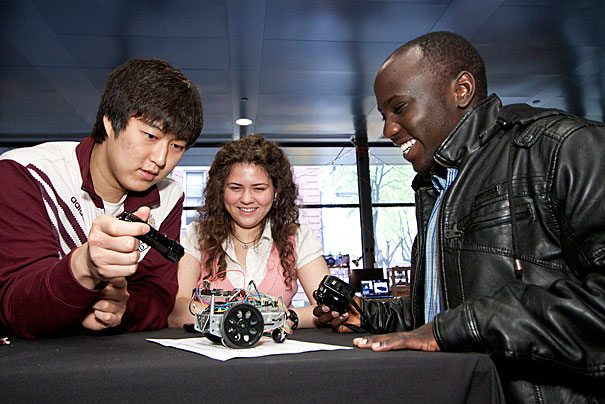
-
New tool to battle illegal trade in animals
Harvard’s Center for Geographic Analysis will work with United Nations University on a system that will allow users to track and map wildlife crime, and how it is related to a host of socioeconomic factors.
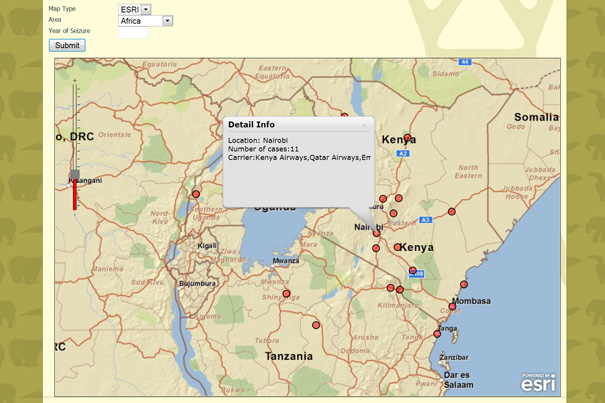
-
The whys of religion vs. evolution
University of Chicago evolutionary biologist Jerry Coyne says that dysfunction within American society promotes high levels of religious belief that in turn blocks general acceptance of evolutionary theories.
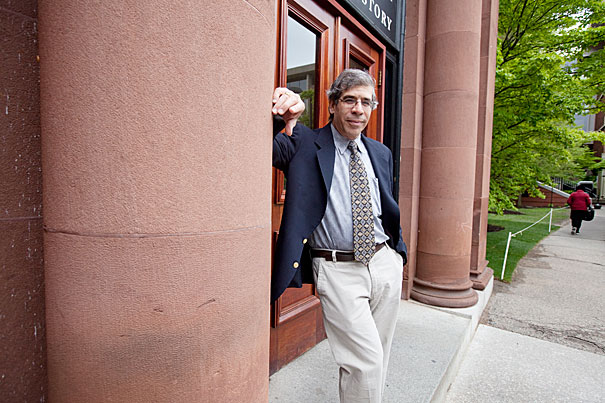
-
Rules of attraction
Nicholas Christakis, whose research explores how everything from obesity to smoking to happiness spreads among our social networks, is turning his attention to the past, exploring why and how we became the social animals we are.
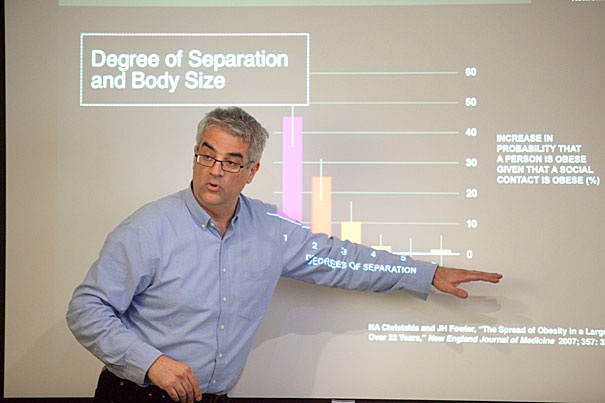
-
From Iraq and back, via 9/11 and Harvard
A Harvard authority on ancient Iraq spent several years studying clay tablets looted from that nation, which had been stored in a World Trade Center building that was destroyed on 9/11. The tablets eventually were retrieved, restored, translated, and returned.
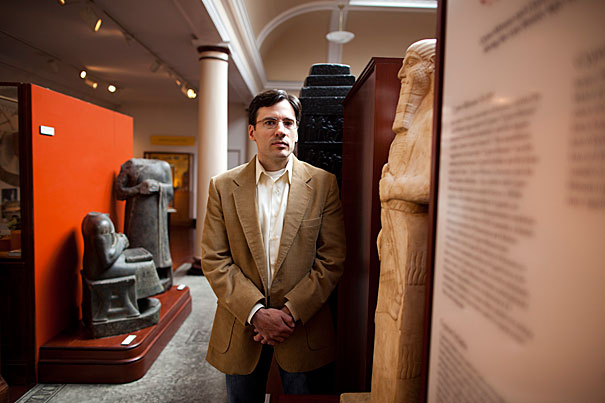
-
Crime probe
A Harvard engineering class helps find a metric for a computer scheme that tracks gang violence.
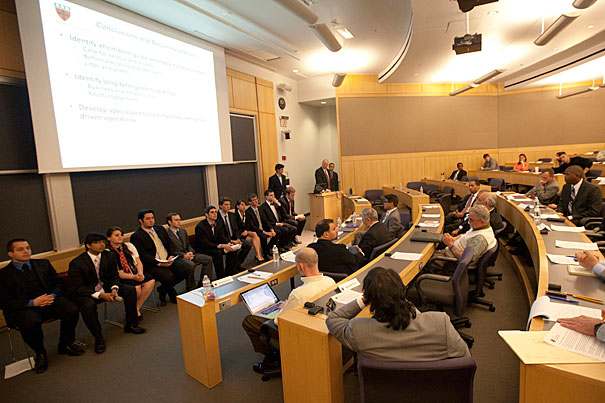
-
Rethinking mitosis
The mitotic spindle, an apparatus that segregates chromosomes during cell division, may be more complex than the standard textbook picture suggests, according to researchers at the Harvard School of Engineering and Applied Sciences.

-
‘Warming hole’ delayed climate change
Climate scientists at the Harvard School of Engineering and Applied Sciences (SEAS) have discovered that particulate pollution in the late 20th century created a “warming hole” over the eastern United States — that is, a cold patch where the effects of global warming were temporarily obscured.

-
Barbecue’s beginnings
Steven Raichlen, author of “The Barbecue Bible” and “Planet Barbecue,” discussed on barbecue’s origins among early humans and barbecue customs around the world in a recent Harvard talk.
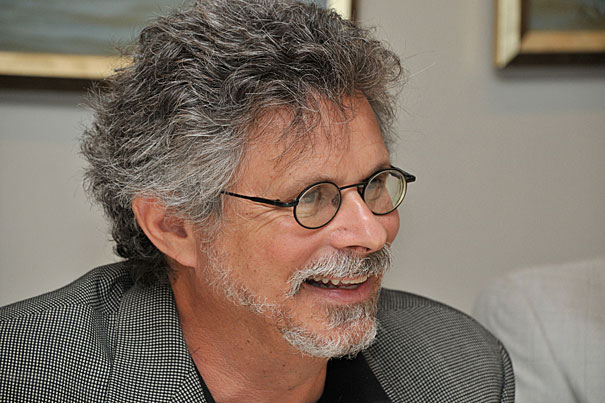
-
Decision, decisions
Two of Harvard’s leading social scientists discussed the way that humans make decisions, and whether having more choices really makes us happier.
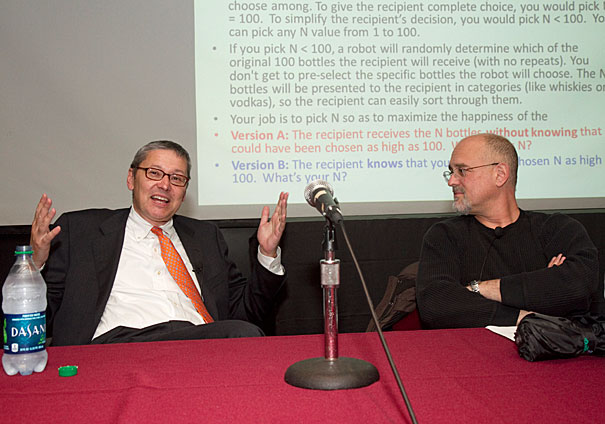
-
How to organize chaos
Executives from a leading debris-recovery firm, Phillips & Jordan Inc., were at Harvard on April 19 to discuss challenges and lessons learned in two decades of aiding the biggest cleanup efforts in the United States.
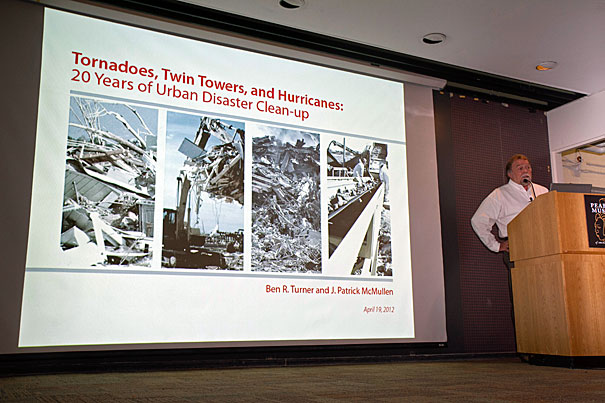
-
Illuminating carbon’s climate effects
Harvard researchers compiled ice and sedimentary core samples collected from dozens of locations around the world, and found evidence that while changes in Earth’s orbit may have touched off a warming trend, increases in CO2 played a far more important role in pushing the planet out of the ice age.
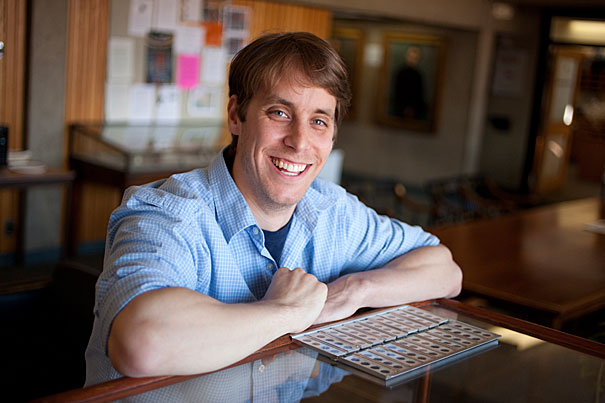
-
Earth’s sister in the crosshairs
A new book by Harvard astronomer Dimitar Sasselov explains the revolution in understanding the universe that views life as a natural part of planetary evolution and that has researchers on the brink of finding worlds that echo this one.
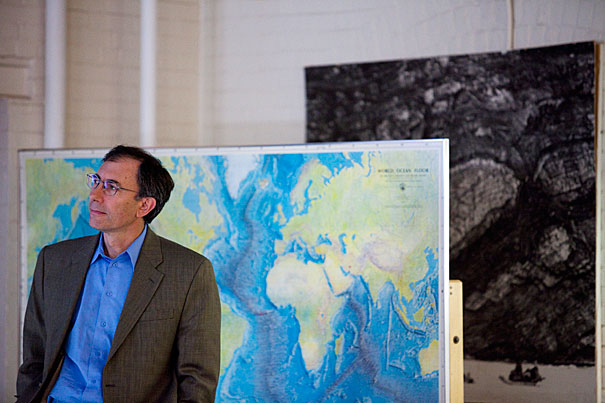
-
Elegant entanglement
Harvard scientists have taken a critical step toward building a quantum computer — a device that could someday harness subatomic particles such as electrons to perform calculations far faster than the most powerful supercomputers.
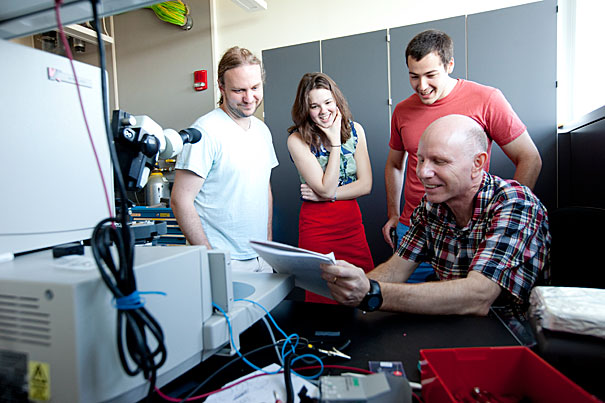
-
Self-assembly as a guide
Vinothan Manoharan, an assistant professor of chemical engineering and physics at the School of Engineering and Applied Sciences, wants to make self-assembly — when particles interact with one another and spontaneously arrange themselves into organized structures — happen in the laboratory to treat life-threatening diseases or manufacture useful objects.
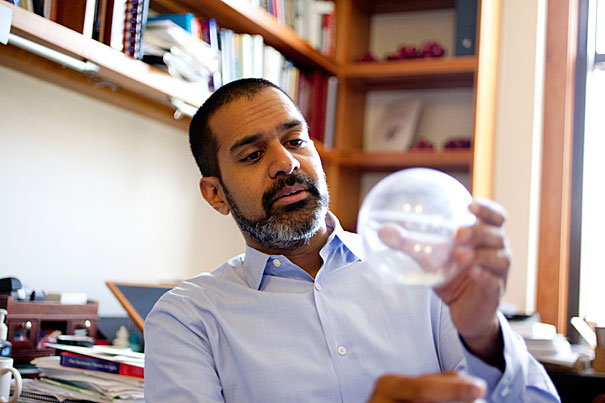
-
Making drinking water clean
Free water purification is needed to head off more than a million childhood deaths from diarrhea each year, says Gates Professor of Developing Societies Michael Kremer.
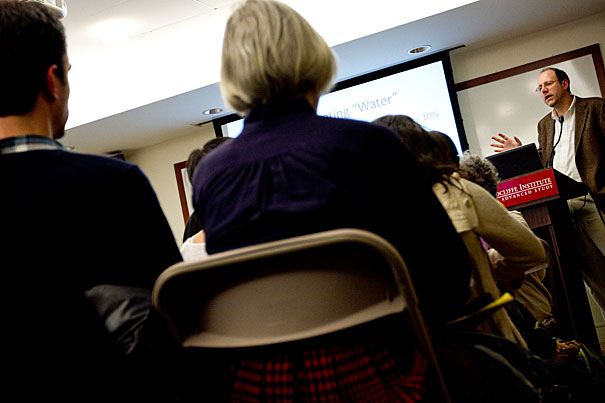
-
Dangerous heat
New research from the Harvard School of Public Health suggests that seemingly small changes in summer temperature swings may shorten life expectancy for elderly people with chronic medical conditions, and could result in thousands of additional deaths each year.
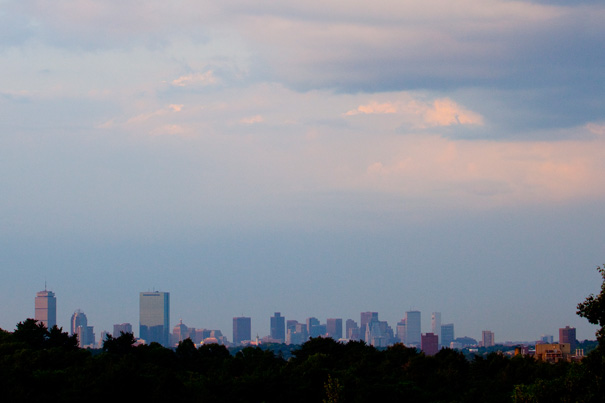
-
Technology transforms energy outlook
The U.S. energy picture has changed dramatically in recent years, with a flood of shale gas making natural gas a more attractive fuel option and the opening of new supplies cutting U.S. dependence on Middle Eastern oil, an energy expert says.

-
Black holes feed on stars
New research by astronomers at the University of Utah and the Harvard-Smithsonian Center for Astrophysics shows that supermassive black holes can grow big by ripping apart double-star systems and swallowing one of the stars.

